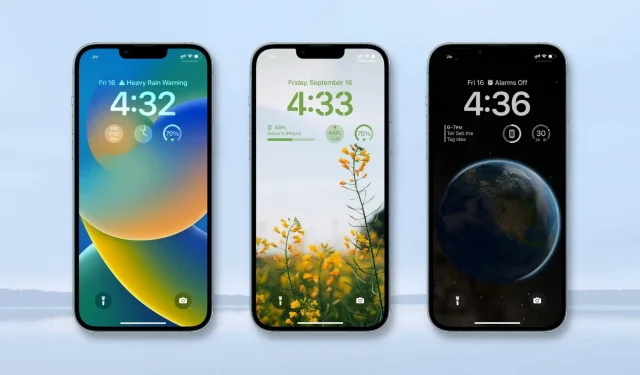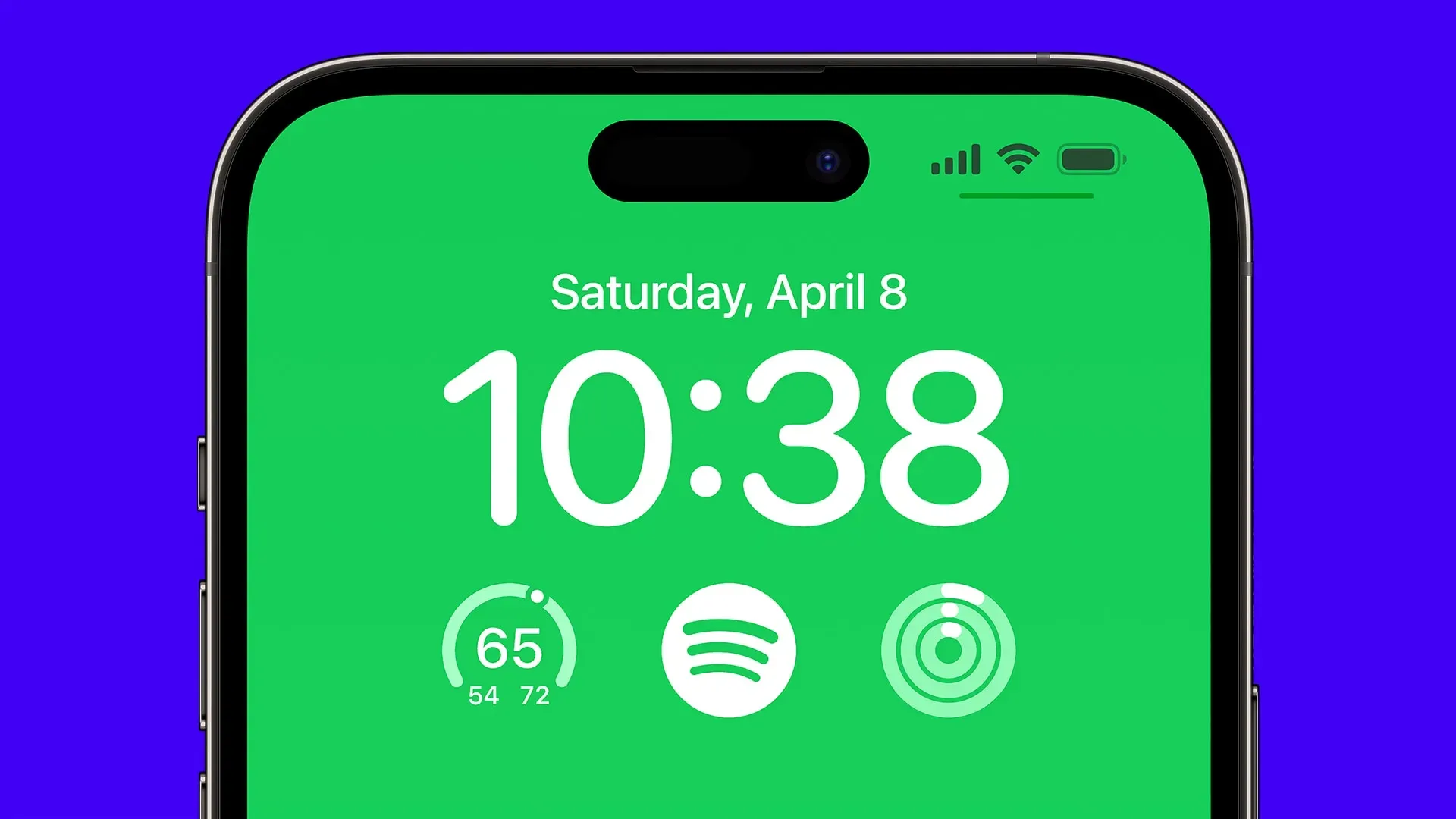iOS 17 may bring interactive widgets to iPhone with buttons, toggle sliders, and more.

iPhone widgets are not interactive, but that could change soon if iOS 17 introduces interactive widgets with buttons, toggles, sliders, and more.
- Apple is rumored to be internally testing home screen widgets with active elements such as buttons and sliders that users can interact with.
- Widgets in iOS 16 do not support interactivity via scroll controls or active radio buttons and toggles, severely limiting their usefulness.
- Apple may address this issue with interactive widgets in iOS 17, unless the company decides to ditch them due to battery life issues.
iOS 17 may introduce interactive widgets for iPhone
Widgets in iOS 16 and earlier only do two things. First, they present handy information on the lock screen, home screen, and Today view. And secondly, they allow you to launch the application faster. But this may change soon.
Apple appears to be internally testing “active widgets”for iOS 17, claims an anonymous leaker from the @analyst941 Twitter account, who accurately predicted the iPhone 14 Pro’s Dynamic Island feature even before the announcement.
10. Active widgets are tested but not confirmed in any way. Active widgets contain one-touch buttons, sliders, and more, making the widgets dynamic.
11. CarKey improvements and other implementations of Car in the Wallet app.
— 941 (@analyst941) April 12, 2023
Interactive widgets will apparently contain “one-click buttons, sliders”and other elements, which will make them dynamic. In turn, you should be able to perform actions such as marking a message as read or deleting an item without launching the application.
It’s unclear if Apple will launch interactive widgets as the feature is “unconfirmed in any way”. As already mentioned, the company may ditch interactive widgets if they prove detrimental to iPhone battery life.
The problem with iPhone widgets: they are static

Apple introduced home screen widgets with iOS 14 and last year introduced widgets for the iOS 16 custom lock screen. Developers can create widgets in different sizes, and users can personalize each widget to a degree.
However, they are static and act as simple shortcuts to their applications.
For example, Gmail has some pretty widgets, but you can’t use them to mark a message as read or delete it without launching the Gmail app. In fact, a widget in iOS responds to touch events by sending you to a specific location in its app. This significantly reduces the functionality of the widgets.
On the other hand, interactive widgets will do more and therefore consume more power, so Apple may decide they’re not worth the effort.
Leave a Reply